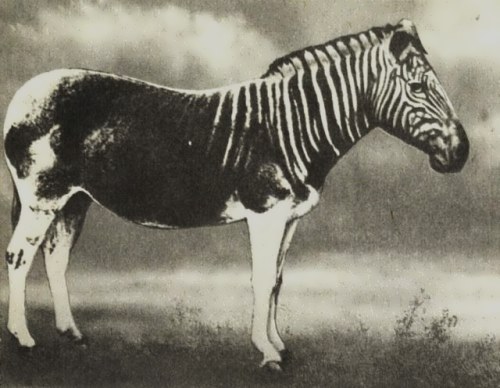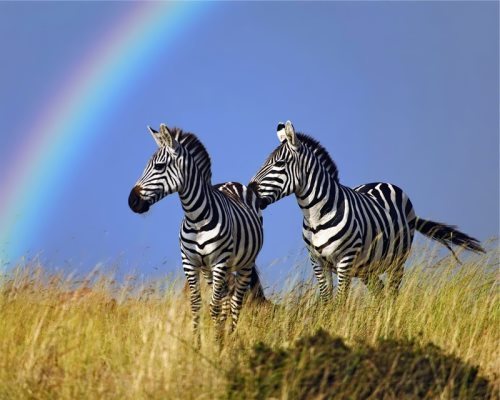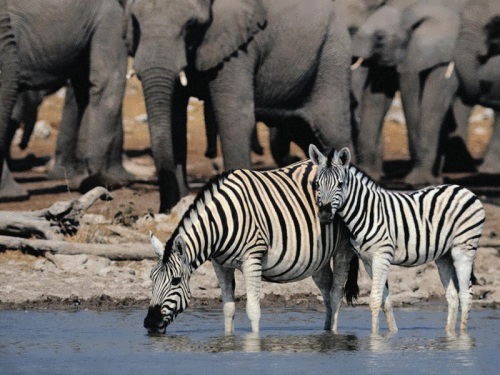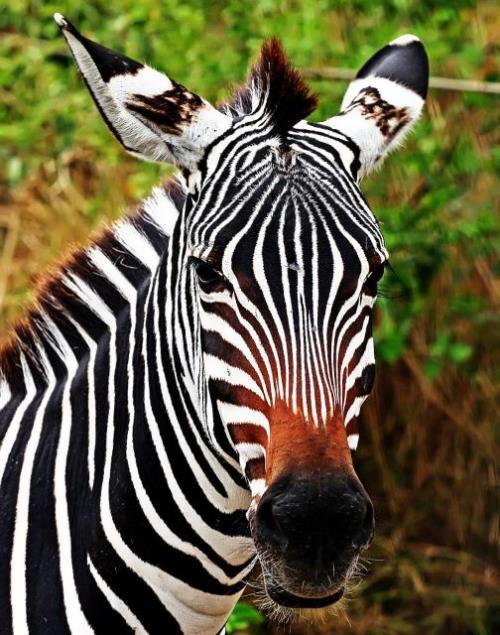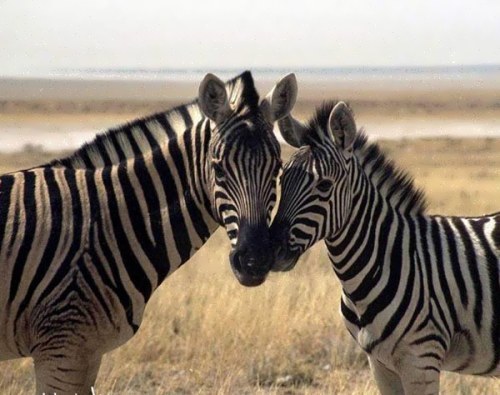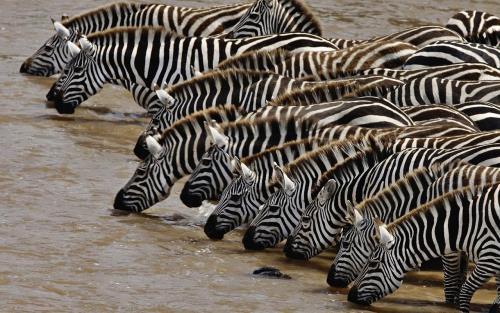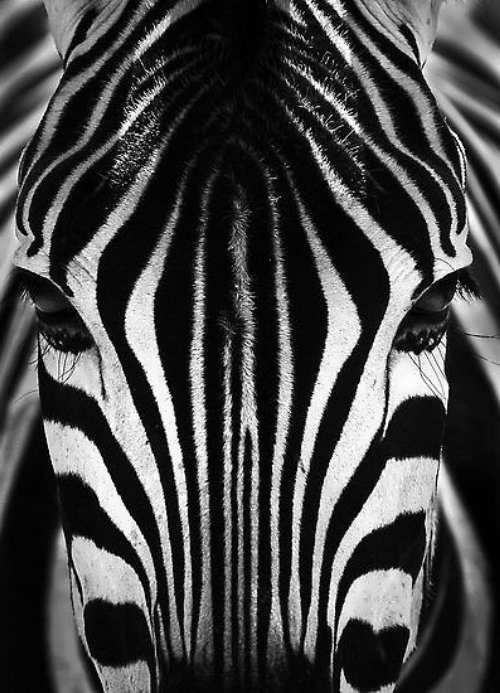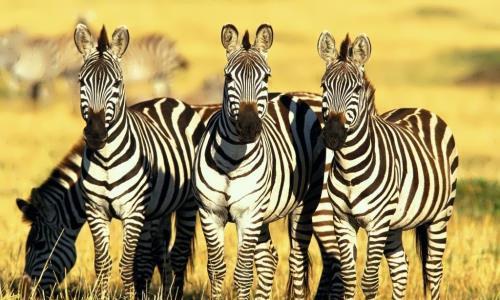Zebra – striped horse
Zebras are mammals that are known for their black and white stripes. These stripes actually have important survival value for zebras, for when they are in a herd, the stripes tend to blend together in the bright African sunlight, making it hard for a lion or other predator to concentrate on a single individual and bring it down.
There are three species of zebra: Burchell’s zebra, Grevy’s zebra, and the mountain zebra. They live in various parts of Africa. Burchell’s, or plains zebra lives throughout much of eastern and southern Africa. Grevy’s zebra is found in Somalia, Kenya, and Ethiopia, and is the largest of the wild horses. The mountain zebra found in the hill country of Angola, Namibia, and western South Africa.
Burchell’s zebra has broad stripes that are widely spaced. The stripes of Grevy’s zebra are narrow and closely spaced, and the belly is white. The mountain zebra has a gridlike pattern of stripes on the rump.
Zebras eat grasses, shrubs, herbs, and bulbs.
Female zebras may have one foal each year. Females and their young usually live in small family groups headed by one male.
Zebras may form mixed herds with antelope.
The zebra’s primary defense is running, however its kick can kill or cripple predators (lions, leopards, cheetahs, jackals, hyenas, and wild dogs).
One of the most famous African wildlife events is the seasonal 1,287-km migration in May and November of over a million zebras, wildebeest, and gazelles, sweeping across the Serengeti plains.
The common or Burchell’s zebra’s family group is headed by a dominant male stallion and one female is dominant over the other seven or eight females and their young. When the group is feeding or drinking, one animal stands guard.
Males that have not yet developed herds live in male-only bands, which they leave to find mates at about six years old.
The Grevy’s zebra has a large head, rounded ears, a tufted tail, and a short, stiff mane. It feeds primarily on grass. They are unique among zebras in that they do not form permanent groups. The newborn foal is brown and black in color. It may remain with its mother for up to three years.
The quagga is already extinct. It looked like a combination of wild ass and zebra and had a reddish coat and stripes only on the head, neck, and shoulders.

